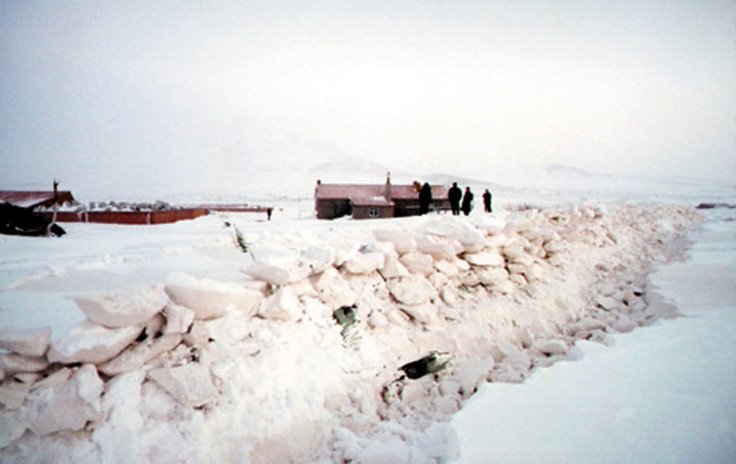Ice Age Animals Survive on Eurasian Mountain Range

Scientists have discovered the combination of animals living in the Altai and Sayan mountains of southern Russia and western Mongolia is similar to those that existed together in ancient glacial communities.
Experts compiled a list of mammals at seven Eurasion sites that lived between 35,000 and 12,000 years ago, with the mammals currently living at 14 sites.
According to scientists from the University of South Bohemia in the Czech Republic, the mix of mammals that survive in the region - which include reindeer, saiga antelops and wolves - is very similar to the combination that populated the region in the last glacial period.
The research was led by Věra Pavelková Řičánková and her colleagues. They stated the research was extraordinary because the animals have not lived together since the end of the ice age. There are some differences, however, such as the lack of mammoths.
The cold climate of the Altai-Sayan region is fundamental to the mammal community. The last ice age had a dry climate, similar to ours, which left Eurasia relatively free from snow and allowed herbivores to thrive.
As reported in New Scientist, the region has not been fully explored and could contain many more intriguing hidden facts.
In 2010, 50,000-year-old fossils of Denisovans were discovered in a cave, members of a species of Homo sapiens from the paleolithic-era. Neanderthal bones and tools were also found. The Altai population left the region and spread far after the ice age had ended.
© Copyright IBTimes 2025. All rights reserved.






















